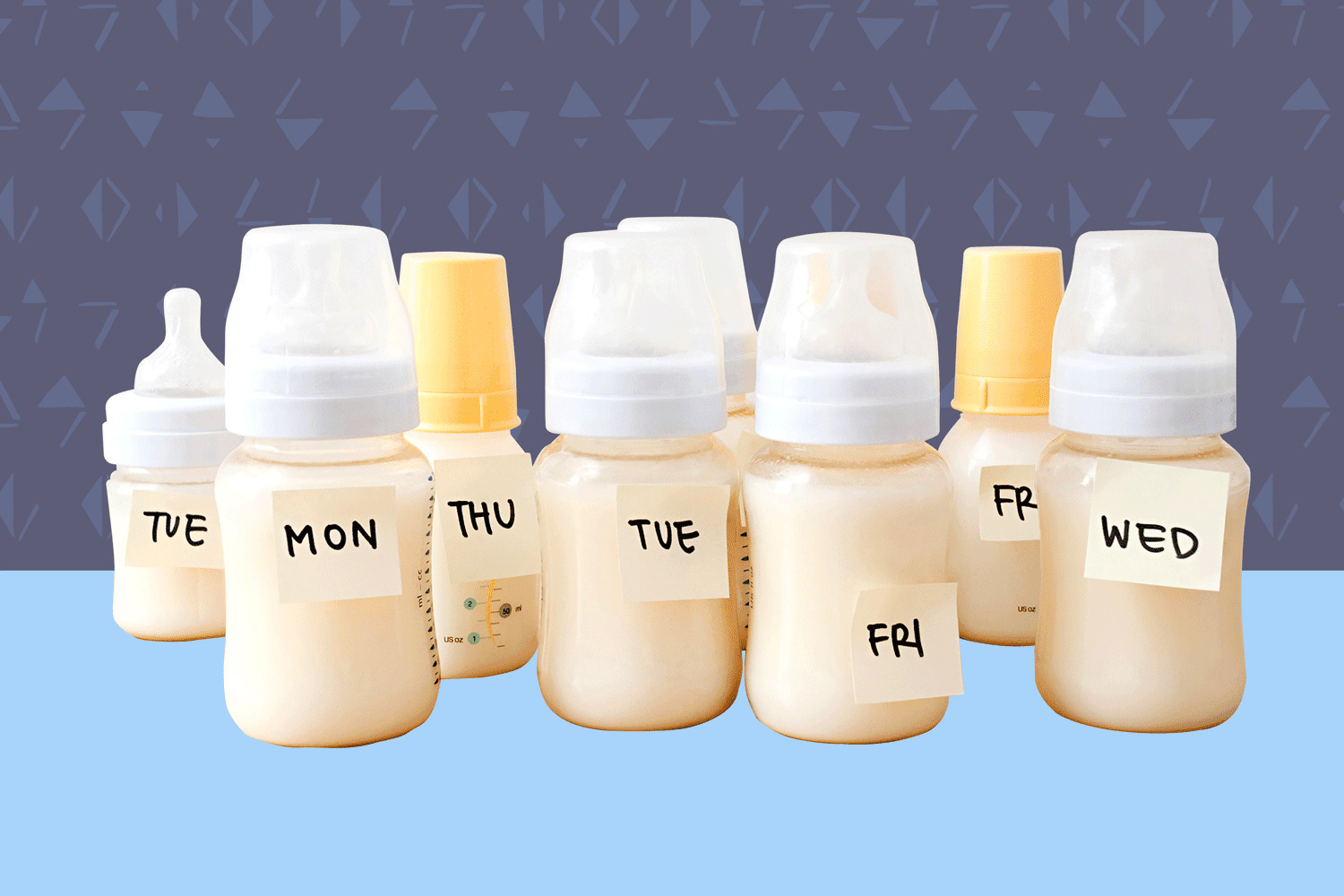

Articles
How To Store Breast Milk After Pumping
Modified: January 9, 2024
Learn how to properly store breast milk after pumping with our informative articles. Keep your milk fresh and safe for your little one.
(Many of the links in this article redirect to a specific reviewed product. Your purchase of these products through affiliate links helps to generate commission for Storables.com, at no extra cost. Learn more)
Introduction
Welcome to the world of breastfeeding and pumped breast milk storage! As a new or expecting parent, you may find yourself wondering how to properly store breast milk after pumping. Understanding the best practices for storing breast milk can help ensure that your baby receives safe and nutritious milk even when you’re not around.
Storing breast milk is essential for working mothers, those who are planning ahead for emergencies, or even for those occasional nights out. Knowing how to handle and store breast milk correctly can help maintain its quality and prevent spoilage. In this article, we will guide you through the process of storing breast milk after pumping, including choosing the right storage containers, handling and labeling breast milk, and storing it in both the refrigerator and freezer.
Properly storing breast milk not only ensures that it remains safe for your baby to consume, but it also helps preserve its essential nutrients. Breast milk provides vital antibodies, enzymes, and hormones that help boost your baby’s immune system and aid in their growth and development. By following the guidelines and tips outlined in this article, you can maximize the benefits of breast milk for your little one.
So, let’s dive into the details and learn how to store breast milk after pumping, ensuring that your baby always has readily available nourishment, even when you can’t be there to provide it directly.
Key Takeaways:
- Properly storing breast milk ensures its freshness, quality, and safety, providing valuable nourishment for your baby even when you’re not physically present.
- Establishing a pumping routine, choosing the right storage containers, and following thawing guidelines are essential for successfully storing breast milk, especially when returning to work.
Read more: How To Store And Freeze Breast Milk
Preparing to Store Breast Milk
Before you start pumping and storing breast milk, it’s important to prepare yourself and your supplies. Here are some steps to ensure you’re ready to store your precious milk:
- Wash your hands: Always wash your hands thoroughly with soap and water before handling breast milk. This helps prevent the transfer of any bacteria to the milk.
- Choose a suitable pumping method: There are various types of breast pumps available, including manual and electric pumps. Choose one that suits your needs and comfort level. Make sure you have the necessary equipment, such as breast pump flanges, bottles, and storage bags.
- Find a clean and comfortable pumping area: Creating a peaceful and hygienic environment for pumping can help stimulate milk flow and make the process more enjoyable. Choose a quiet space where you can relax and focus on expressing milk.
- Practice proper pumping techniques: Familiarize yourself with the correct technique for using your chosen breast pump. Follow the manufacturer’s instructions carefully and ensure a proper fit of the breast shield to avoid discomfort or ineffective pumping.
- Collect milk in clean containers: Use sterilized bottles or breast milk storage bags to collect the expressed milk. Make sure they are clean and free from any soap residue. Avoid using plastic bags that are not designed specifically for storing breast milk.
- Date and label containers: It’s crucial to label each container with the date and time of pumping. This helps ensure that older milk is used first, following the “first in, first out” principle.
By following these steps, you can establish a routine and ensure that you are well-prepared to pump and store breast milk effectively. Taking the time to properly set up your pumping environment and familiarize yourself with the process will help streamline the storing process and maintain the quality of your breast milk.
Choosing the Right Storage Containers
When it comes to storing breast milk, selecting the appropriate storage containers is essential to maintain its quality and ensure its safety for your baby. Here are some factors to consider when choosing the right storage containers:
- BPA-free: Opt for containers that are BPA-free. Bisphenol A (BPA) is a chemical that can potentially leach into breast milk and may have adverse health effects. Choosing BPA-free containers eliminates this risk.
- Glass or hard plastic: Glass containers are considered the gold standard for storing breast milk. They are non-porous, do not absorb odors, and are easy to clean and sterilize. If using plastic containers, make sure they are hard plastic and are specifically designed for storing breast milk.
- Airtight and leak-proof: Ensure that the storage containers have a tight seal to prevent any leakage or contamination. This helps maintain the integrity of the stored milk and prevents any spills or accidents.
- Easy to pour and thaw: Consider containers that are designed for easy pouring and thawing. Some storage bags have a pour spout or a built-in zipper for convenient pouring. This can make it easier to transfer milk from the container without wasting any precious drops.
- Size appropriate: Choose storage containers that can accommodate the average amount of milk you pump in one session. It’s typically recommended to store breast milk in small portions (2 to 4 ounces) to minimize waste.
Remember, it’s best to avoid using disposable plastic bags, glass bottles with rubber nipples, or storage containers that are not specifically designed for storing breast milk. Improper containers can introduce contaminants, affect the quality of the milk, and make it difficult to pour and thaw the milk as needed.
By carefully selecting the right storage containers, you can ensure that your breast milk remains safe, healthy, and readily available whenever your baby needs it.
Properly Handling and Labeling Breast Milk
Proper handling and labeling of breast milk are crucial to maintain its freshness, prevent contamination, and ensure the safe consumption of the milk. Here are some guidelines to follow:
- Label each container: Before storing breast milk, label each container with the date and time of pumping. This helps track the freshness of the milk and ensures that older milk is used first.
- Use clean hands and equipment: Always wash your hands before handling breast milk, and make sure your pumping equipment and storage containers are clean and sterilized. This helps prevent the introduction of bacteria or contaminants.
- Fill the containers appropriately: Leave some space at the top of the containers to allow for expansion during freezing. Breast milk expands when frozen, so it’s important not to overfill the containers to avoid leaks or spills.
- Avoid combining milk from different pumping sessions: It’s generally recommended not to mix fresh milk with previously frozen milk. If you want to combine milk from multiple pumping sessions, cool the fresh milk in the refrigerator before adding it to the already chilled or frozen milk.
- Store milk in small portions: Storing breast milk in small portions (2 to 4 ounces) allows you to thaw only the amount you need, minimizing waste. It also helps the milk cool and freeze faster.
- Cool freshly pumped milk: If you’re not planning to store the milk immediately after pumping, cool it first in the refrigerator for about 30 minutes to an hour before transferring it to the freezer. This helps maintain the quality and freshness of the milk.
- Keep breast milk away from the door: Store the containers of breast milk towards the back of the refrigerator or freezer, away from the door. This helps keep the milk at a consistent temperature, as opening and closing the door can cause temperature fluctuations.
By following these guidelines, you can ensure that your breast milk remains safe and of high quality throughout its storage period. Proper handling and labeling also help you stay organized and keep track of the freshness and use-by dates of the milk.
Remember, breast milk is like liquid gold, and taking the time to handle and label it correctly is essential to provide your baby with the very best nourishment.
Storing Breast Milk in the Fridge
When it comes to storing breast milk, the refrigerator is your best friend. Storing breast milk in the fridge allows it to stay fresh for a short period, making it convenient for immediate use. Here are some guidelines for storing breast milk in the refrigerator:
- Use clean storage containers: Transfer the freshly pumped breast milk into clean and sterilized storage containers. Glass or hard plastic containers with airtight seals are ideal for maintaining the freshness of the milk.
- Cool the milk before refrigerating: If you’re not planning to use the milk immediately after pumping, cool it first by placing the containers in the refrigerator for about 30 minutes to an hour. This helps bring down the temperature quickly and maintains the quality of the milk.
- Store milk towards the back of the fridge: Place the containers of breast milk towards the back of the refrigerator, where the temperature is colder and more consistent. Avoid storing them in the door or near the front, as temperature fluctuations may occur when the fridge is opened frequently.
- Separate milk from other items: To prevent cross-contamination, store breast milk away from raw meats, seafood, or other food items that may contain bacteria. Keep the milk on a separate shelf or in a designated area within the fridge.
- Label containers with date and time: Remember to label each container with the date and time of pumping. This helps you keep track of the freshness of the milk and ensures that older milk is consumed first.
- Use refrigerated breast milk within 4-5 days: Ideally, use refrigerated breast milk within 4-5 days to ensure freshness and maximum nutritional value. However, if your baby is sick or premature, consult with your healthcare provider for specific recommendations.
Storing breast milk in the refrigerator is a convenient option for mothers who need to provide pumped milk to their babies during the day or on short notice. By following these guidelines, you can maintain the quality, freshness, and safety of your breast milk for your little one.
However, if you need to store breast milk for a longer period, freezing is the recommended method. Let’s explore the steps for freezing breast milk in the next section.
Store breast milk in clean, BPA-free containers with tight-fitting lids. Label with the date and use the oldest milk first. Store in the back of the fridge or in the freezer for longer storage.
Read more: How To Store Breast Milk In Freezer
Freezing Breast Milk
Freezing breast milk is an excellent option for long-term storage, allowing you to build up a reserve of milk for future use. When done correctly, freezing preserves the quality and nutrients of breast milk. Here’s how you can properly freeze breast milk:
- Use suitable storage containers: Transfer the freshly pumped breast milk into clean and sterilized storage containers specifically designed for freezing breast milk. Glass containers or breast milk storage bags are ideal for freezing.
- Fill containers properly: Leave some space at the top of the containers or bags as breast milk expands when frozen. Avoid overfilling to prevent leaks or spills. Seal the containers or bags tightly to maintain freshness.
- Label containers with date and time: Before placing the containers or bags in the freezer, label them with the date and time of pumping. This ensures that older milk is used first, following the “first in, first out” principle.
- Place containers in the coldest part of the freezer: Put the breast milk containers in the back of the freezer, where the temperature is the coldest and most consistent. Avoid storing them in the freezer door, as this area experiences more temperature fluctuations.
- Keep breast milk away from strong-smelling foods: To prevent the transfer of odors, store breast milk away from strong-smelling foods in the freezer. This will help maintain the quality and flavor of the milk.
- Store milk for up to 6-12 months: Properly frozen breast milk can be stored for up to 6-12 months in a standard freezer with a consistent temperature of 0°F or below. However, it’s recommended to use the oldest milk first for optimal freshness and nutritional value.
When you’re ready to use the frozen breast milk, follow the thawing guidelines to ensure its safety and quality. It’s important to note that breast milk may separate when frozen, with the cream rising to the top. Gently swirl the container to mix the layers before thawing or warming the milk.
Freezing breast milk provides flexibility for mothers who want to build a supply or have milk available for future use. By following these guidelines, you can safely store breast milk in the freezer and ensure that your baby receives the valuable benefits of breast milk even when you’re not readily available to breastfeed.
Thawing and Using Frozen Breast Milk
Thawing frozen breast milk properly is essential to maintain its nutritional value and ensure its safety for your baby. Here’s a step-by-step guide on how to thaw and use frozen breast milk:
- Choose the thawing method: There are a few different methods you can use to thaw frozen breast milk, depending on your needs and time constraints. The recommended methods are:
- Thawing in the refrigerator: This is the safest method, as it allows the milk to thaw slowly and maintain its quality. Place the frozen breast milk container in the refrigerator and allow it to thaw overnight or for approximately 12 hours.
- Thawing in warm water: If you need to thaw breast milk quickly, you can place the container in a bowl of warm water. Ensure the water is warm, not hot, and change the water every 30 minutes. Check the milk regularly and use it once thawed.
- Using a bottle warmer: If you have a bottle warmer, follow the manufacturer’s instructions for thawing breast milk. It provides a consistent and controlled temperature for thawing.
- Gently swirl or shake the milk: Once the frozen breast milk is fully thawed, gently swirl or shake the container to mix the separated layers. Do not vigorously shake the milk, as this can break down the valuable nutrients.
- Check the milk for quality: Before using thawed breast milk, check its appearance and smell. It’s normal for thawed breast milk to have a different appearance from fresh milk, with a separation of milk and cream layers. If the milk smells sour or has an off-putting odor, discard it.
- Warm the milk if desired: If your baby prefers warm milk, you can warm the thawed breast milk by placing the container in a bowl of warm water or using a bottle warmer. Avoid using the microwave, as it can create hot spots in the milk and destroy some of its beneficial properties.
- Use within 24 hours: Once thawed, use the breast milk within 24 hours. Do not refreeze thawed breast milk, as it can lead to a loss of quality and potentially harmful bacterial growth.
Thawed breast milk may have a slightly different taste and smell compared to fresh milk, but this is normal and does not affect its nutritional value. Remember to feed your baby thawed breast milk in a timely manner to ensure its freshness.
By following these guidelines, you can safely thaw and use frozen breast milk, providing your baby with the valuable nourishment and benefits of breast milk even when you have a stored supply.
Tips for Storing Breast Milk at Work
Returning to work after having a baby doesn’t mean you have to stop providing breast milk for your little one. With proper planning and a few key strategies, you can successfully store breast milk while at work. Here are some helpful tips:
- Invest in a high-quality breast pump: A reliable and efficient breast pump is essential for expressing milk at work. Look for a pump that suits your needs and is easy to use and clean.
- Create a pumping schedule: Work with your employer to establish a pumping schedule that allows you to pump breast milk during your breaks. Ideally, you should aim to pump every few hours to maintain your milk supply.
- Find a dedicated pumping space: Check if your workplace provides a designated area for pumping. Ideally, this space should be private, comfortable, and equipped with a power outlet. If such space is not available, discuss alternatives with your employer.
- Store breast milk in a discreet cooler bag: Use an insulated cooler bag to transport your pumped milk from work to home. This helps keep the milk at a safe temperature until you can refrigerate or freeze it.
- Label storage containers clearly: Ensure that each storage container is labeled with the date and time of pumping. This makes it easy to organize and use the oldest milk first.
- Communicate your needs with colleagues: Inform your coworkers about your pumping schedule so they can respect your privacy and support your breastfeeding journey.
- Store pump parts properly: After each pumping session, thoroughly clean and sanitize pump parts. Store them in a clean and dry container or bag to keep them hygienic until the next use.
- Use a refrigerator or cooler at work: If you don’t have access to a refrigerator at work, bring a small cooler with ice packs to store your pumped milk until you can transfer it to a refrigerator at home. Remember to label the milk with the date before placing it in the cooler.
- Keep spare parts and supplies on hand: Have extra storage containers, bottle caps, and pump parts at work in case you need them. This ensures that you’re always prepared for pumping sessions.
- Plan for milk storage and day-care arrangements: If you’ll be using a day-care facility, discuss their policies for storing and handling breast milk. Make sure you have the necessary storage containers and labels to provide milk to the facility.
Storing breast milk at work requires some preparation and communication, but with the right strategies, you can successfully navigate the challenges and continue providing beneficial breast milk for your baby. Remember to stay organized, prioritize your pumping sessions, and advocate for your needs in the workplace.
By following these tips, you can ensure a smooth transition from home to work while maintaining your breastfeeding relationship with your baby.
Frequently Asked Questions (FAQs) about Storing Breast Milk
Here are some frequently asked questions about storing breast milk, along with their answers:
- How long can breast milk be stored in the refrigerator?
Refrigerated breast milk can be stored for up to 4-5 days. However, it’s best to use the milk within 3 days to ensure its freshness and nutritional value. - How long can breast milk be stored in the freezer?
Breast milk can be stored in a standard freezer for up to 6-12 months. However, using the milk within 6 months is recommended for the best quality and taste. - Is it safe to combine freshly pumped milk with previously frozen milk?
It’s generally recommended not to mix freshly pumped milk with previously frozen milk. If you want to combine milk from different pumping sessions, cool the fresh milk in the refrigerator before adding it to the chilled or frozen milk. - Can I thaw breast milk in the microwave?
It’s not recommended to thaw breast milk in the microwave, as it can create uneven heating and destroy some of the beneficial properties of the milk. Instead, use the refrigerator, warm water, or a bottle warmer to thaw breast milk safely. - Can I refreeze breast milk that has been thawed?
It’s best to avoid refreezing breast milk once it has been thawed. Refreezing can lead to a loss of quality and potential bacterial growth. It’s important to use thawed breast milk within 24 hours. - How can I tell if breast milk has gone bad?
It’s normal for breast milk to have a slightly different smell and taste from cow’s milk or formula. However, if the milk smells sour, has an off-putting odor, or appears clumpy or discolored, it may have spoiled, and it’s best to discard it. - Can I store breast milk in bags instead of bottles?
Yes, using breast milk storage bags is a convenient and space-saving option. Choose high-quality bags specifically designed for storing breast milk, and make sure to seal them tightly to prevent leaks or contamination. - How can I transport breast milk while traveling?
When traveling with breast milk, use an insulated cooler bag with ice packs to keep the milk at a safe temperature. Double-check the regulations and guidelines of your transportation method, such as airlines or transportation authorities, to ensure compliance.
These FAQs cover some common concerns about storing breast milk. If you have any additional questions or specific concerns, it’s always a good idea to consult with a lactation consultant or healthcare provider for personalized guidance and support.
Read more: How To Store Breast Milk In Bags
Conclusion
Storing breast milk after pumping is an important part of providing nourishment to your baby, even when you can’t be physically present. By following the proper guidelines and practices for storing breast milk, you can ensure its freshness, quality, and safety.
Remember to prepare yourself and your pumping supplies before starting the storage process. Choose the right storage containers, such as BPA-free glass or hard plastic, that are airtight and leak-proof. Properly label each container with the date and time of pumping to ensure that older milk is used first.
When storing breast milk, options include refrigeration and freezing. Refrigerated breast milk can be stored for a few days, while frozen breast milk can be stored for several months. Thawing frozen breast milk safely and using it within 24 hours is equally important to maintain its quality and ensure its safety for your baby.
If you’re returning to work, it’s crucial to establish a pumping routine and communicate your needs with your employer. Take advantage of any designated pumping spaces and invest in a high-quality breast pump. Plan for milk storage and transportation, and make sure you have the necessary supplies, such as storage containers and cooler bags, to store and transport the milk safely.
By following the tips and guidelines outlined in this article, you can navigate the process of storing breast milk with confidence and provide your baby with the valuable benefits of breast milk, even when you’re not physically present.
Remember, breastfeeding is a personal journey, and every mother’s circumstances may be different. It’s important to trust your instincts and seek support from lactation consultants, healthcare professionals, and fellow mothers if needed.
Now that you’ve gained knowledge on how to store breast milk after pumping, you can embark on this journey fully prepared and ensure that your baby continues to benefit from this precious gift of nature.
Frequently Asked Questions about How To Store Breast Milk After Pumping
Was this page helpful?
At Storables.com, we guarantee accurate and reliable information. Our content, validated by Expert Board Contributors, is crafted following stringent Editorial Policies. We're committed to providing you with well-researched, expert-backed insights for all your informational needs.
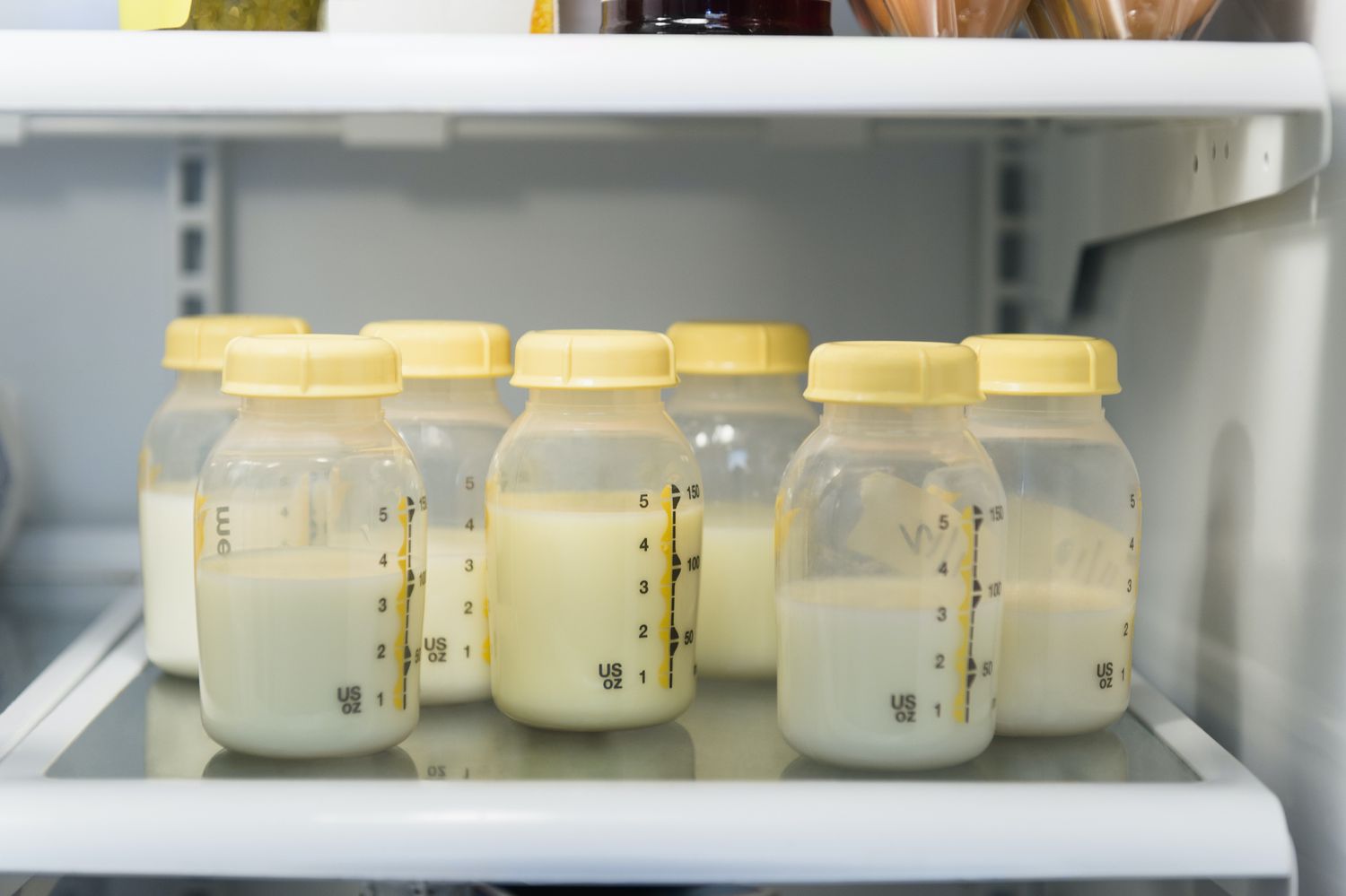
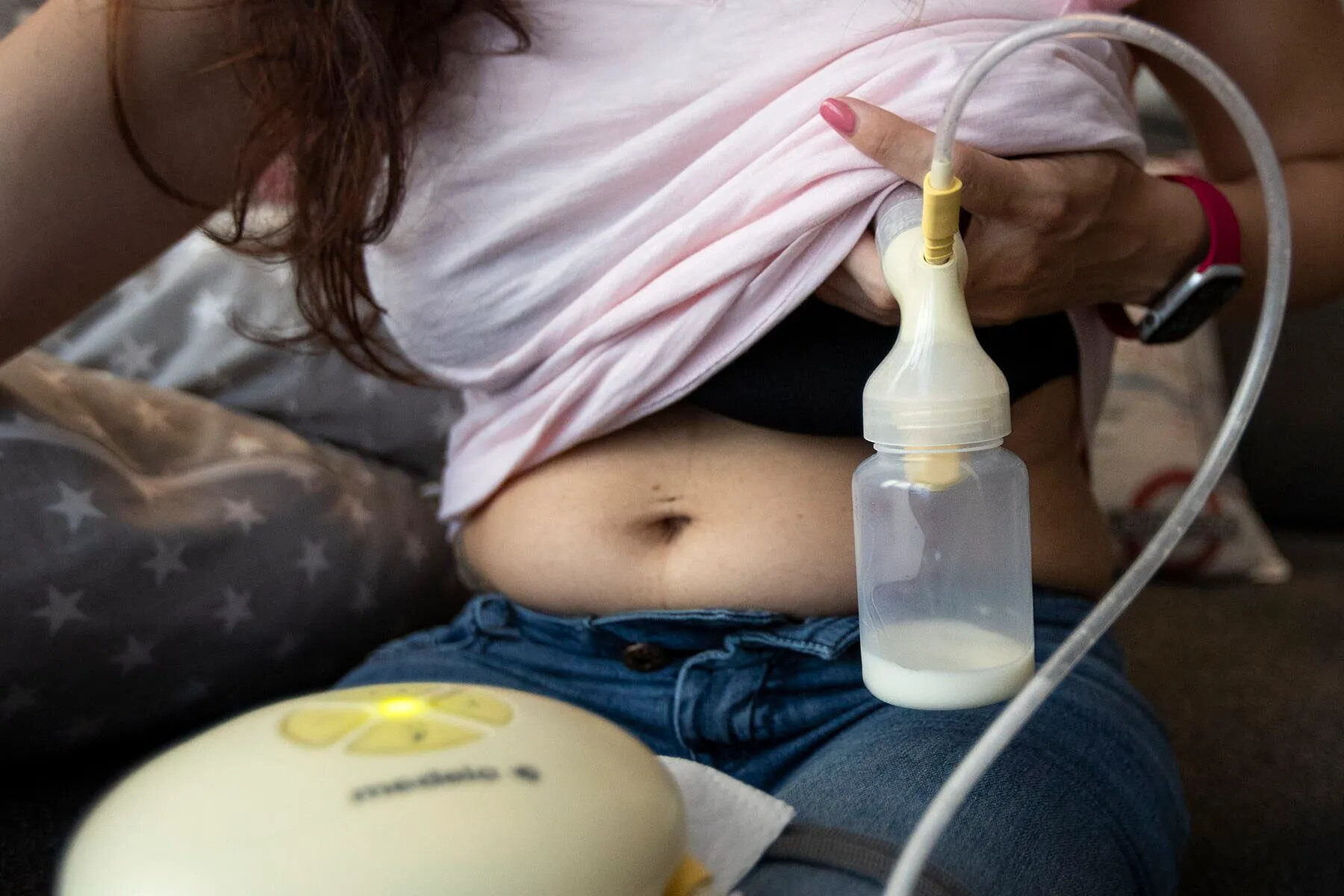
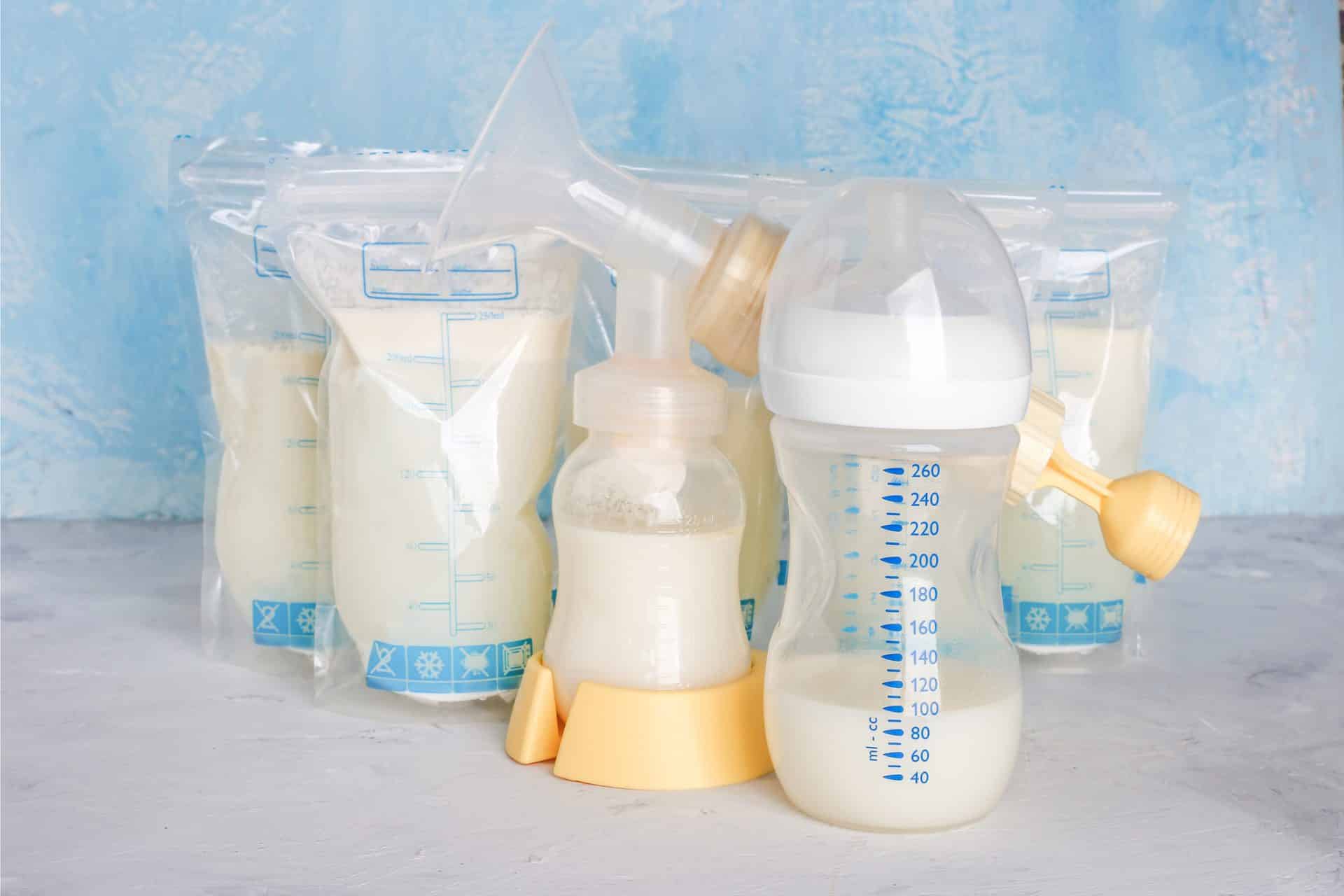
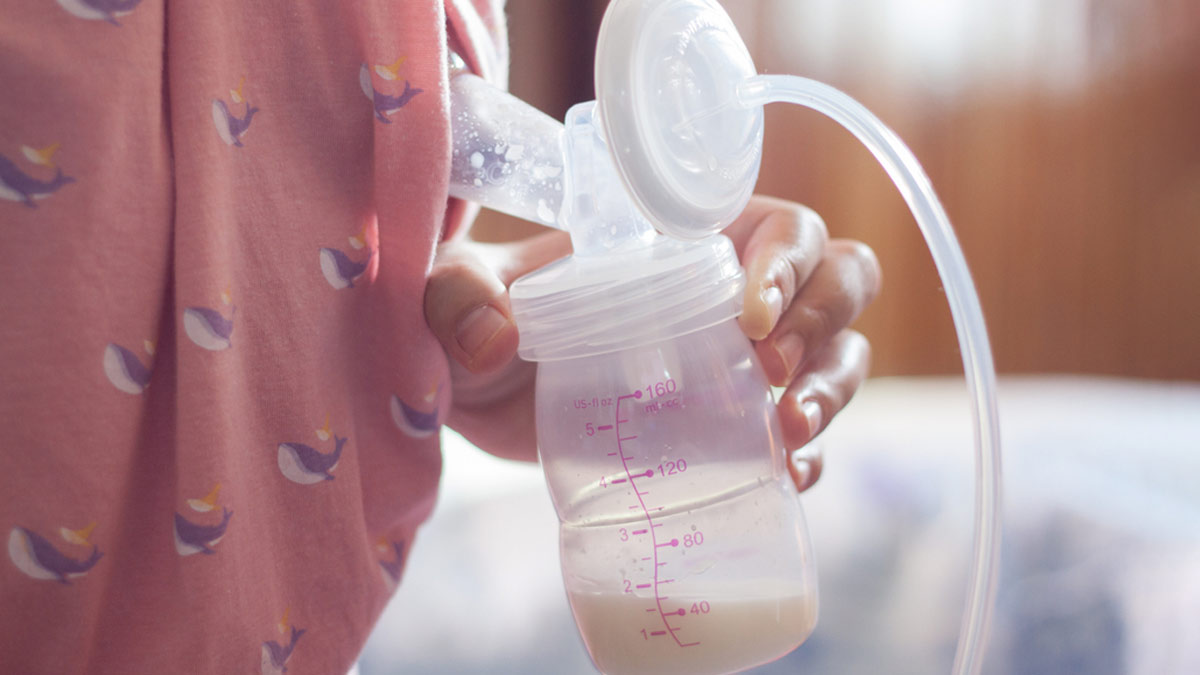
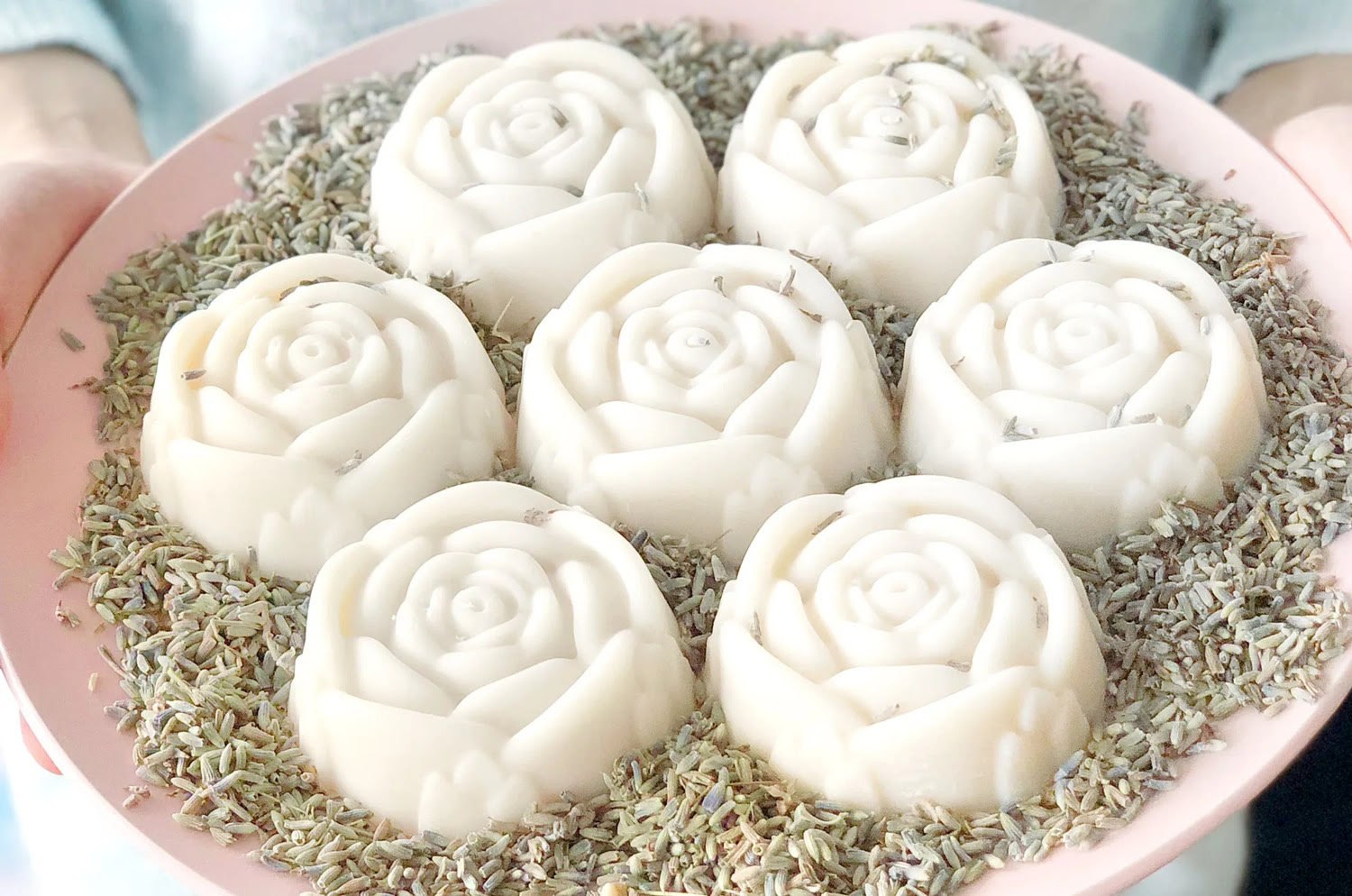
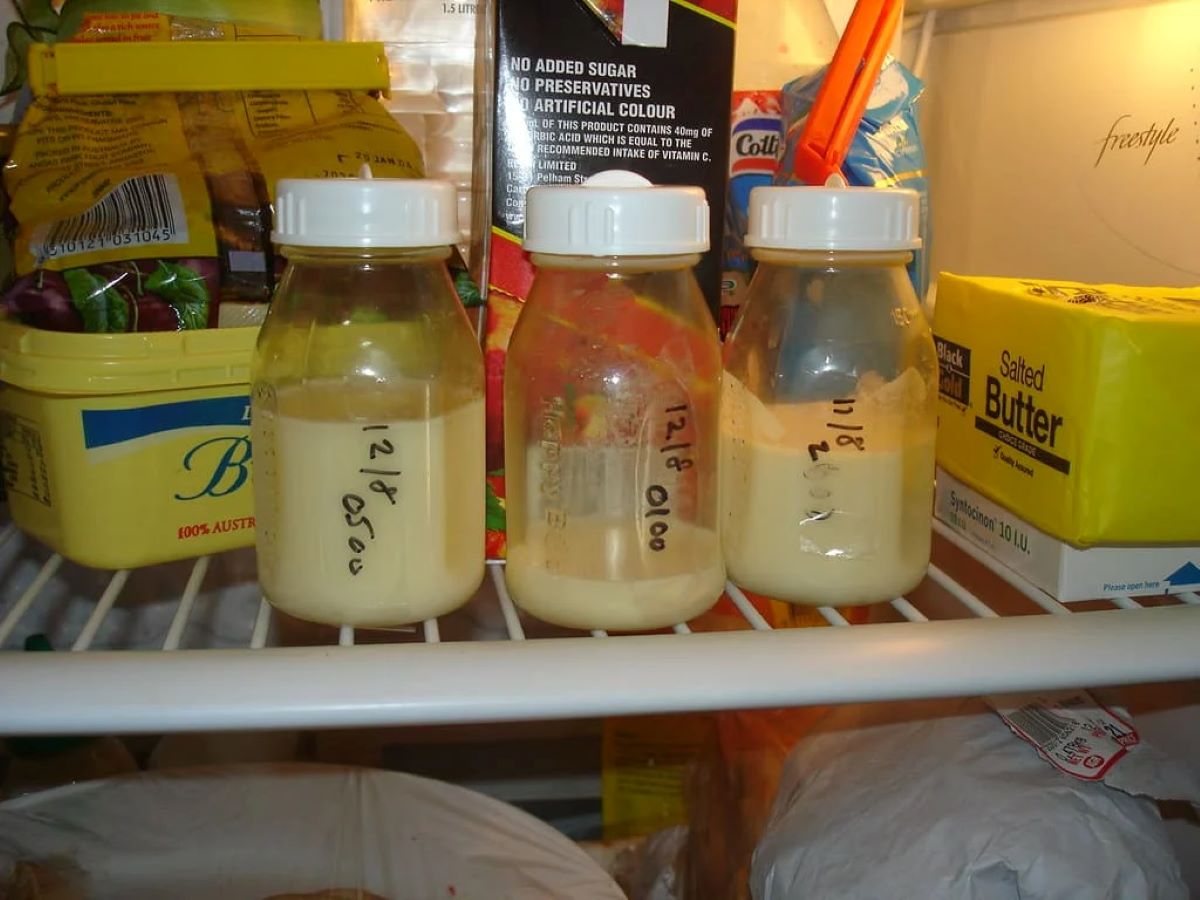
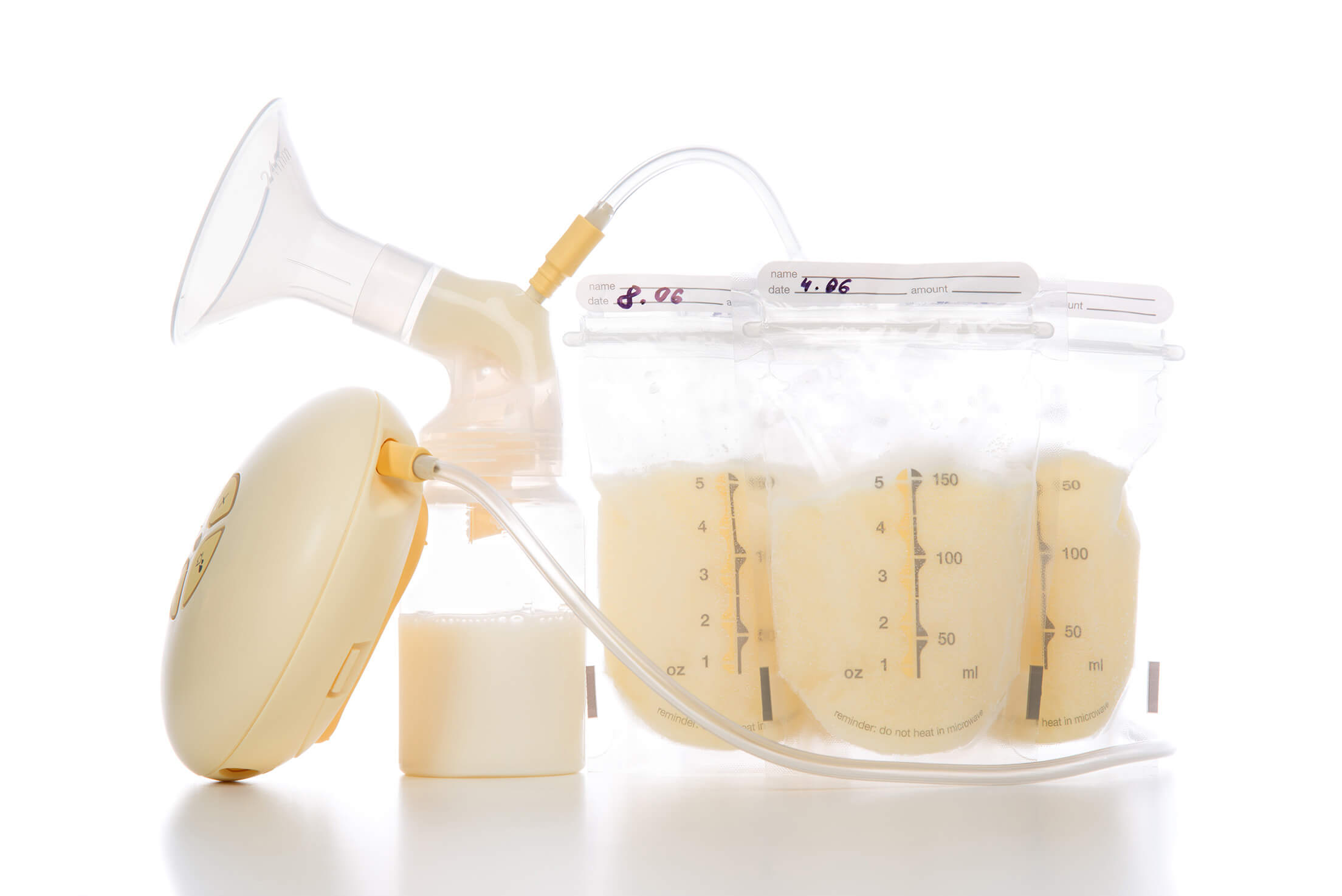
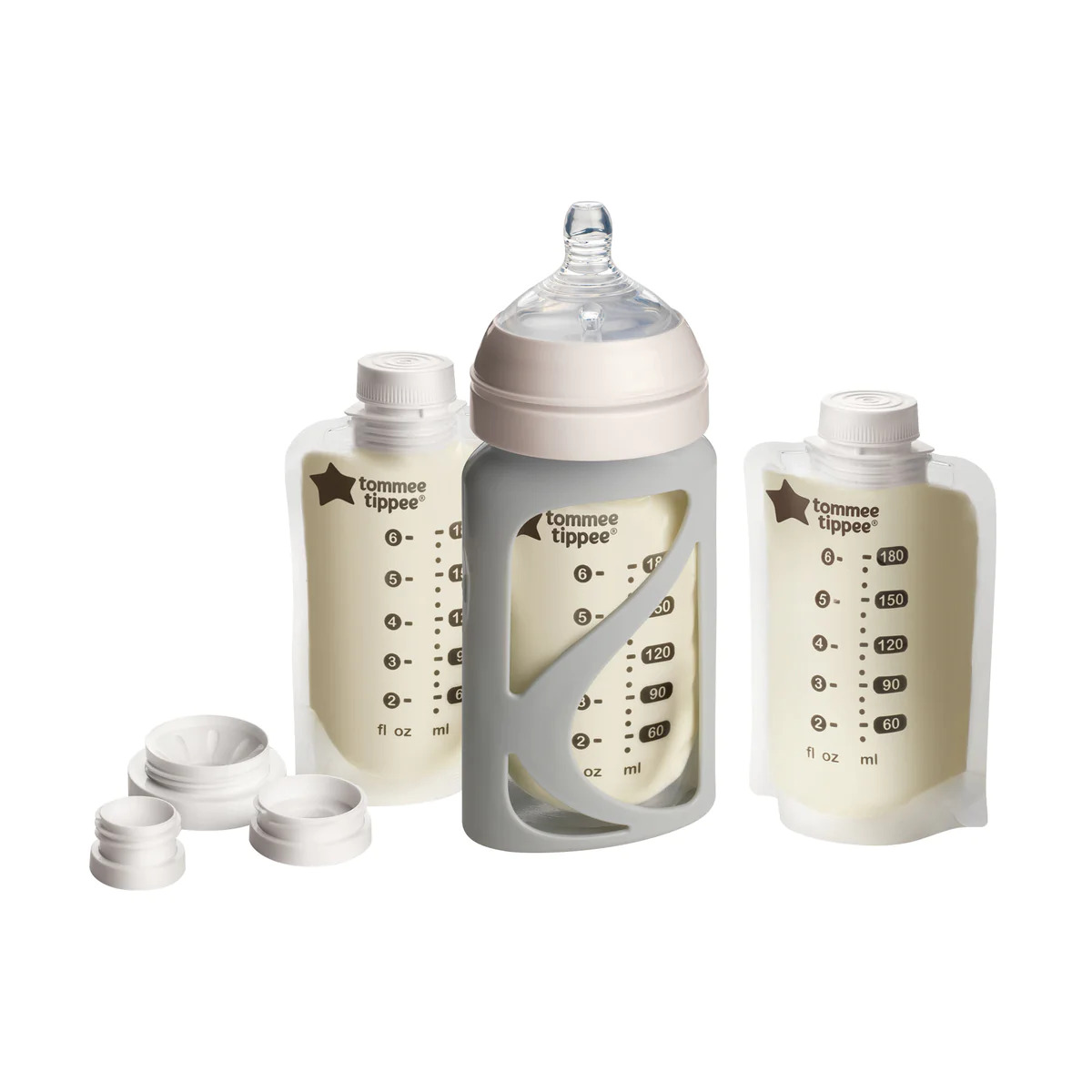
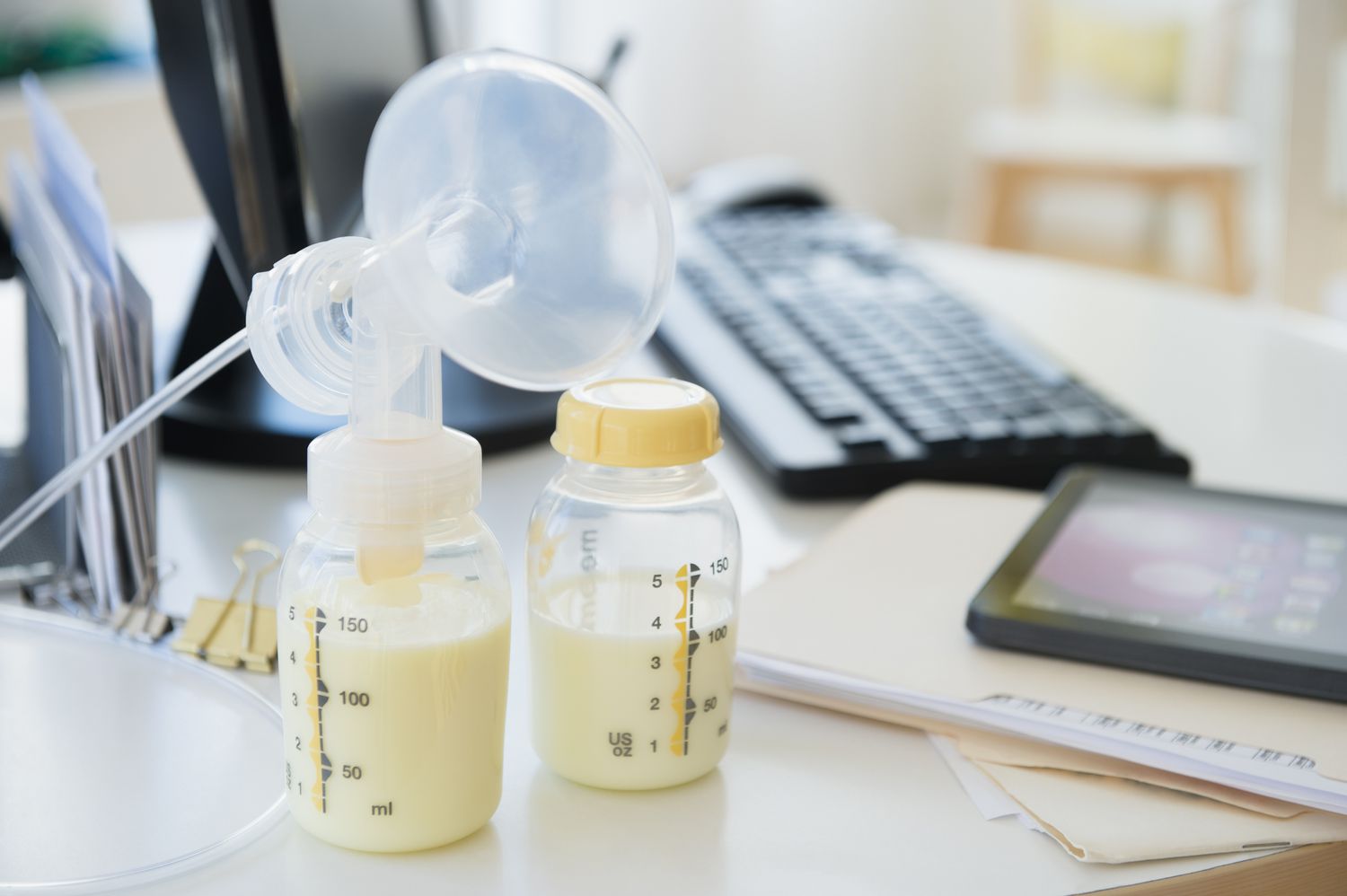
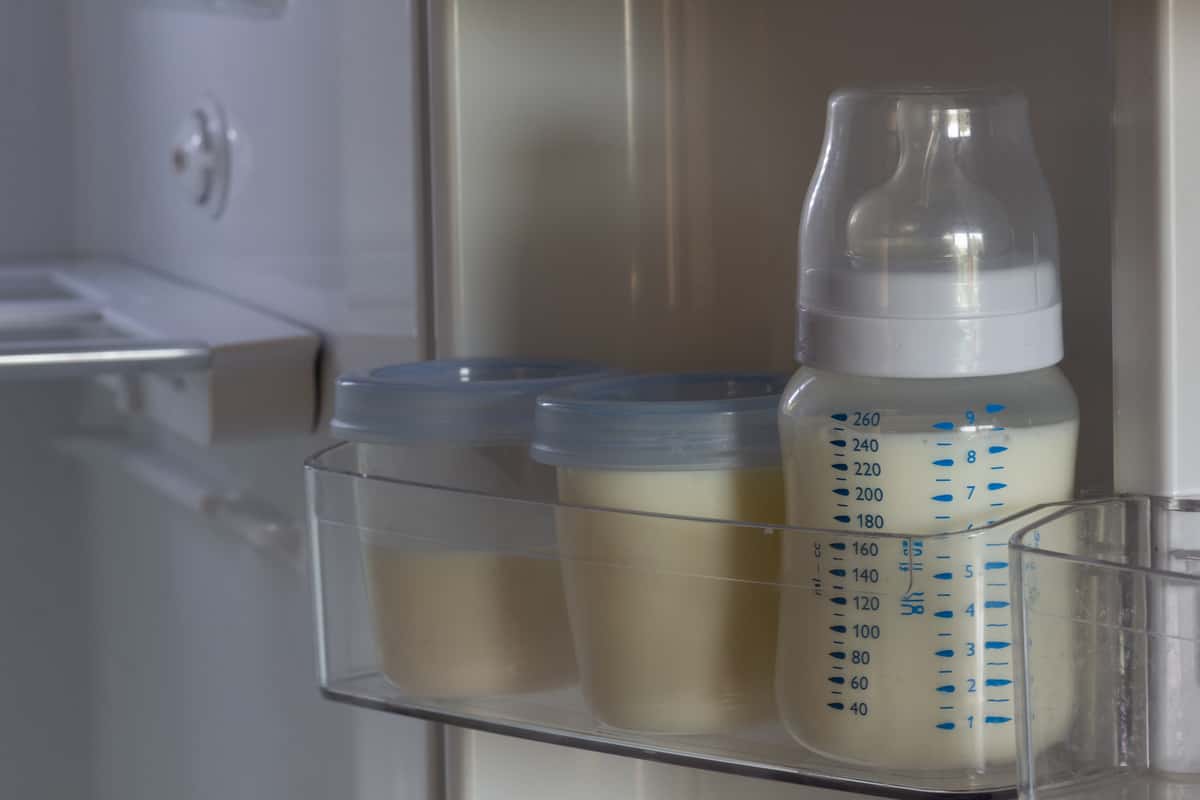
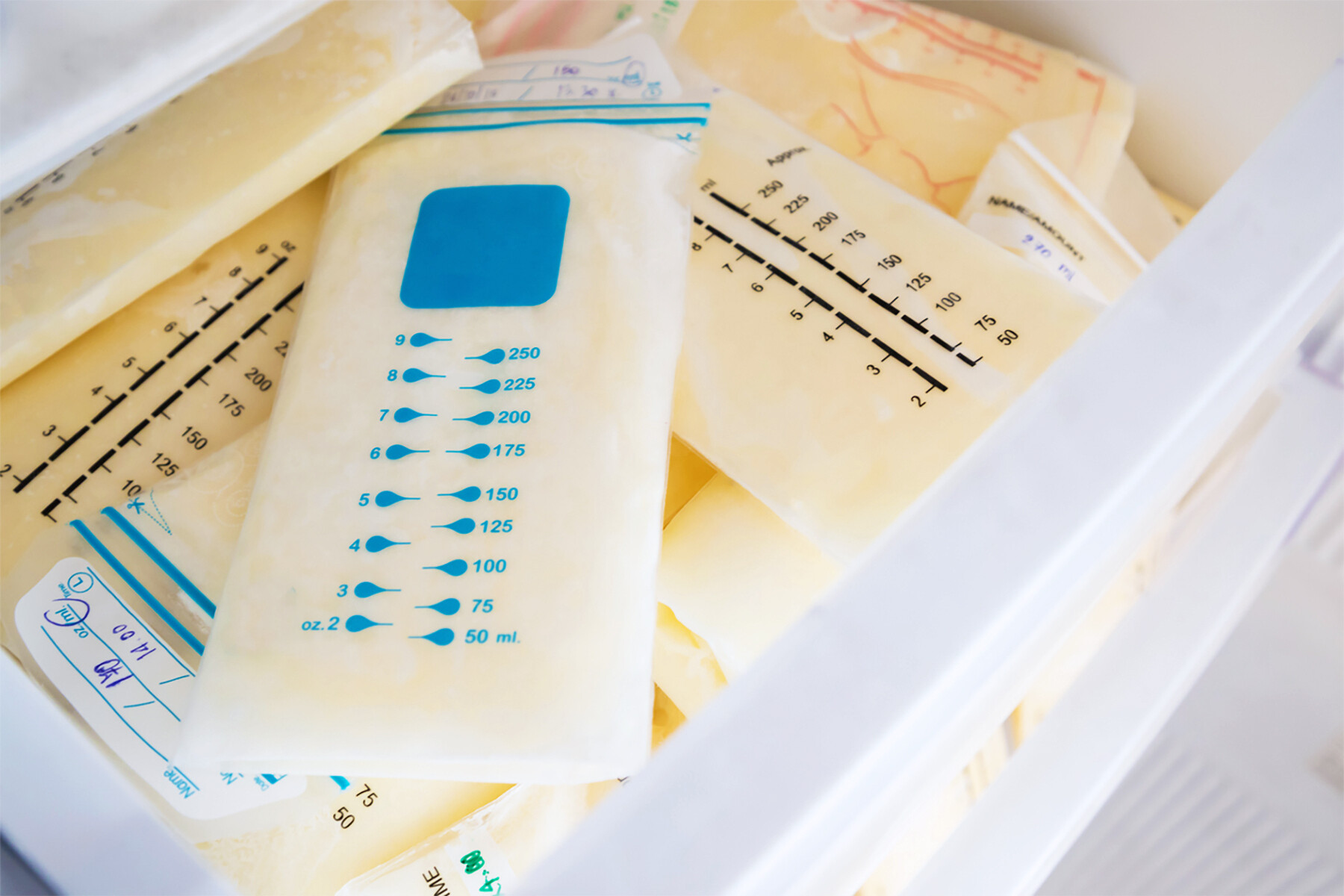
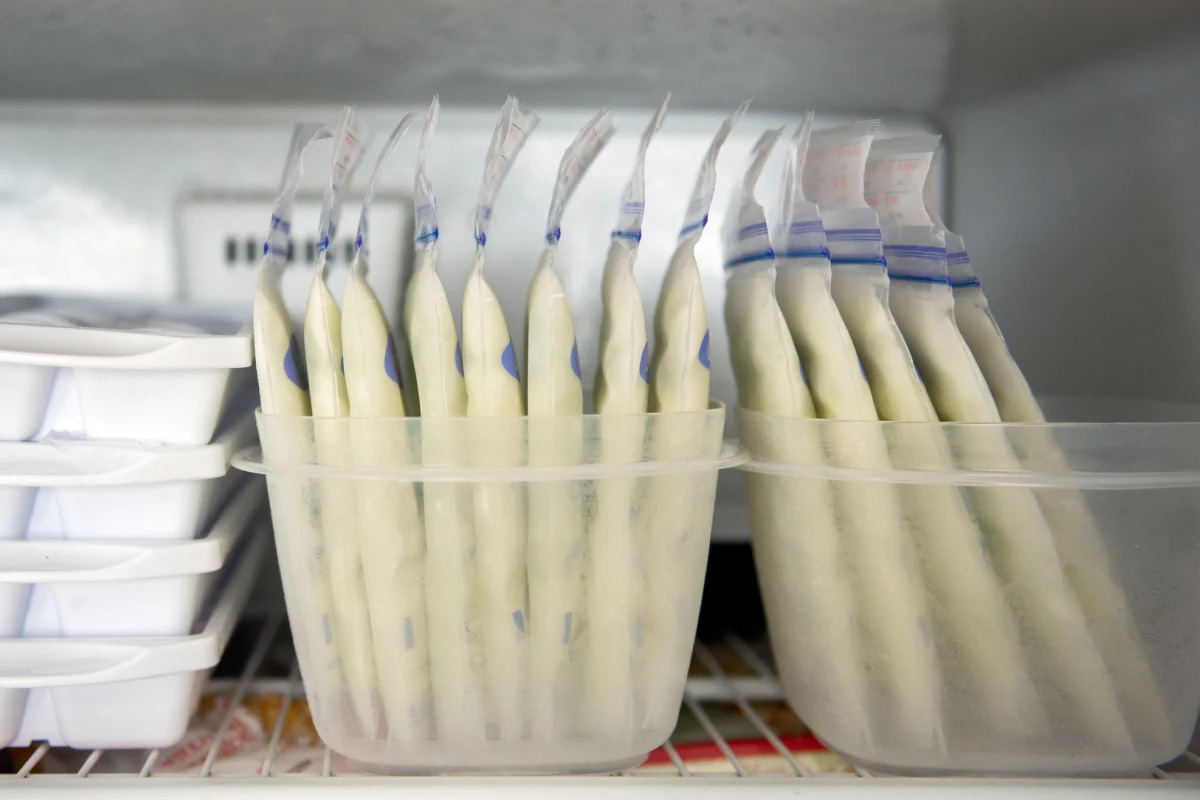
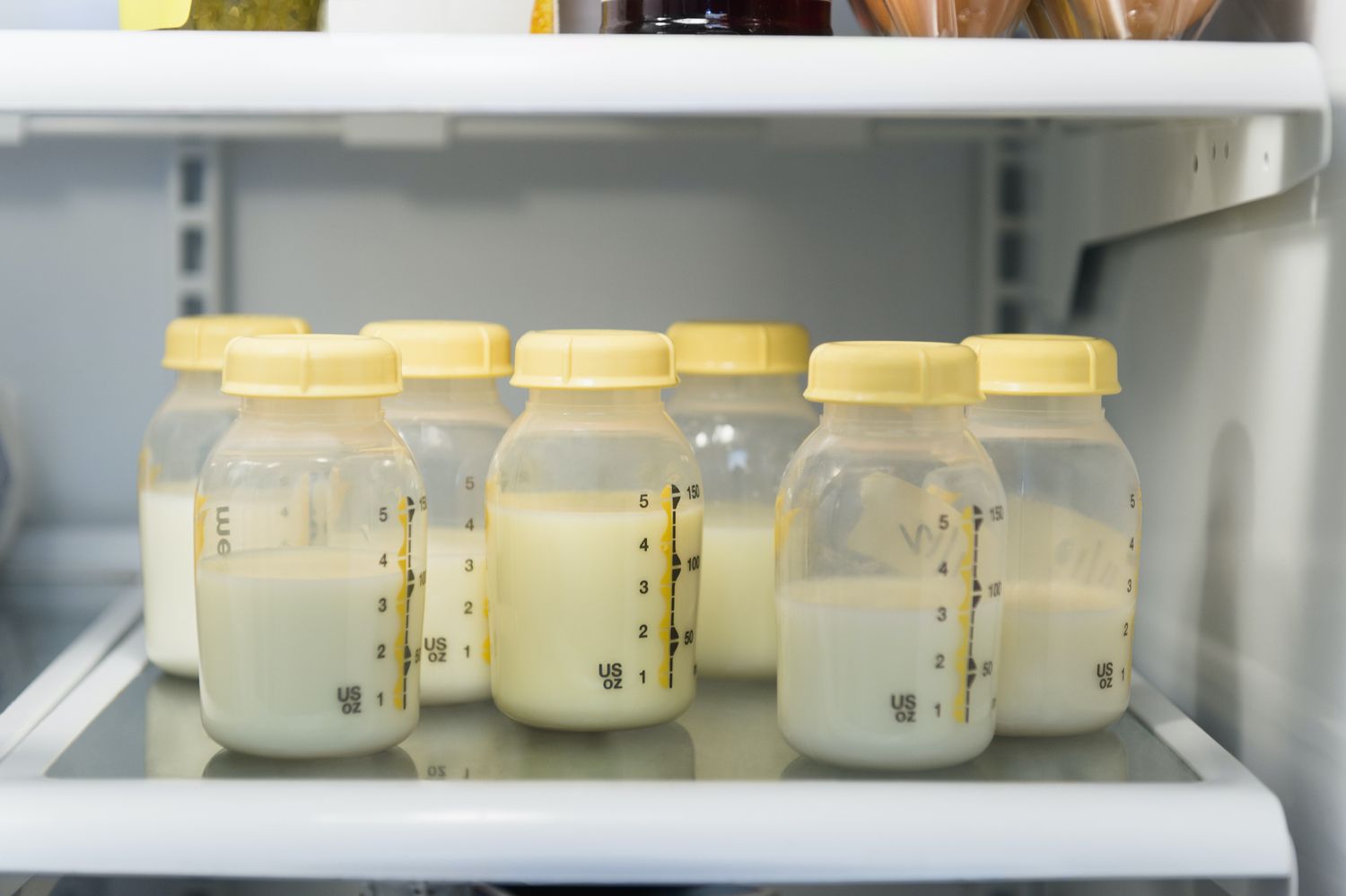

0 thoughts on “How To Store Breast Milk After Pumping”